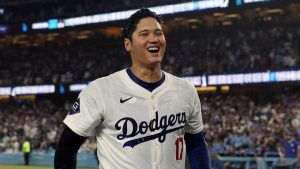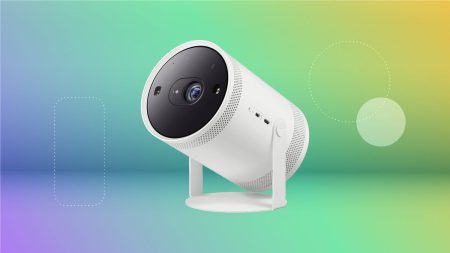Elon Musk, the billionaire CEO of Tesla, unveiled the company’s new fleet of robotaxis, called Cybercabs, at a highly-anticipated event held at the Warner Brothers movie lot in Burbank, California. These electric vehicles are designed to shuttle passengers without drivers, with the promise of giving people back their time. Musk arrived at the event in one of the autonomous cabs, which bears a resemblance to the Cybertruck but features more rounded edges and unique butterfly-wing doors. He also teased a larger autonomous vehicle called the Robovan, capable of carrying up to 20 passengers. Musk announced that the Cybercabs would be available for sale by 2026 and priced below $30,000.
While Musk has a track record of missing product launch dates, he expressed confidence in the timeline for the Cybercabs, stating that they would be available “before 2027.” He also revealed plans to launch fully autonomous driving in California and Texas next year and estimated that the Cybertrucks could cost as low as $0.20 per mile to operate, significantly cheaper than traditional modes of transportation like city buses. This new vision for Tesla aims to expand beyond electric vehicle manufacturing and focus on AI and autonomous software development. The company has experienced a 2.3% decrease in EV sales this year, losing market share to competitors, particularly in the U.S.
The announcement places Tesla in direct competition with Waymo, the self-driving car division of Google’s parent company, Alphabet. Waymo has made significant strides in autonomous vehicle technology and has already deployed its service in several cities, with plans for further expansion. Tesla, on the other hand, has faced controversy regarding its driving software, with a fatal accident involving a Tesla vehicle utilizing the supervised “Full Self Driving” feature. Despite these challenges, Musk remains confident in the capabilities of Tesla’s autonomous technology and its potential impact on the transportation industry.
The event was broadcast to over 3.3 million viewers on X, a social platform owned by Musk, although it started nearly an hour late due to a medical emergency in the audience. In addition to showcasing the Cybercabs, Musk presented an updated version of the Optimus humanoid robots, which he claimed would revolutionize various aspects of daily life and could eventually serve as personal assistants. These robots, priced between $20,000 to $30,000, are intended to perform tasks like serving drinks, babysitting, lawn mowing, or grocery shopping. Musk believes that the Optimus robots could become the biggest product of its kind, emphasizing their potential impact on society.
At the conclusion of the presentation, Musk directed the audience’s attention to a gazebo where a group of Optimus robots danced to the tune of Haddaway’s “What is Love?” This lighthearted moment highlighted Musk’s vision of a future where advanced robotics and autonomous technology play a central role in everyday life. As Tesla continues to push the boundaries of innovation in the automotive and robotics industries, the unveiling of the Cybercabs and Optimus robots marks a significant milestone in the company’s journey towards revolutionizing transportation and automation. Time will tell if Musk’s ambitious promises will come to fruition and reshape the way we live and move in the world.















